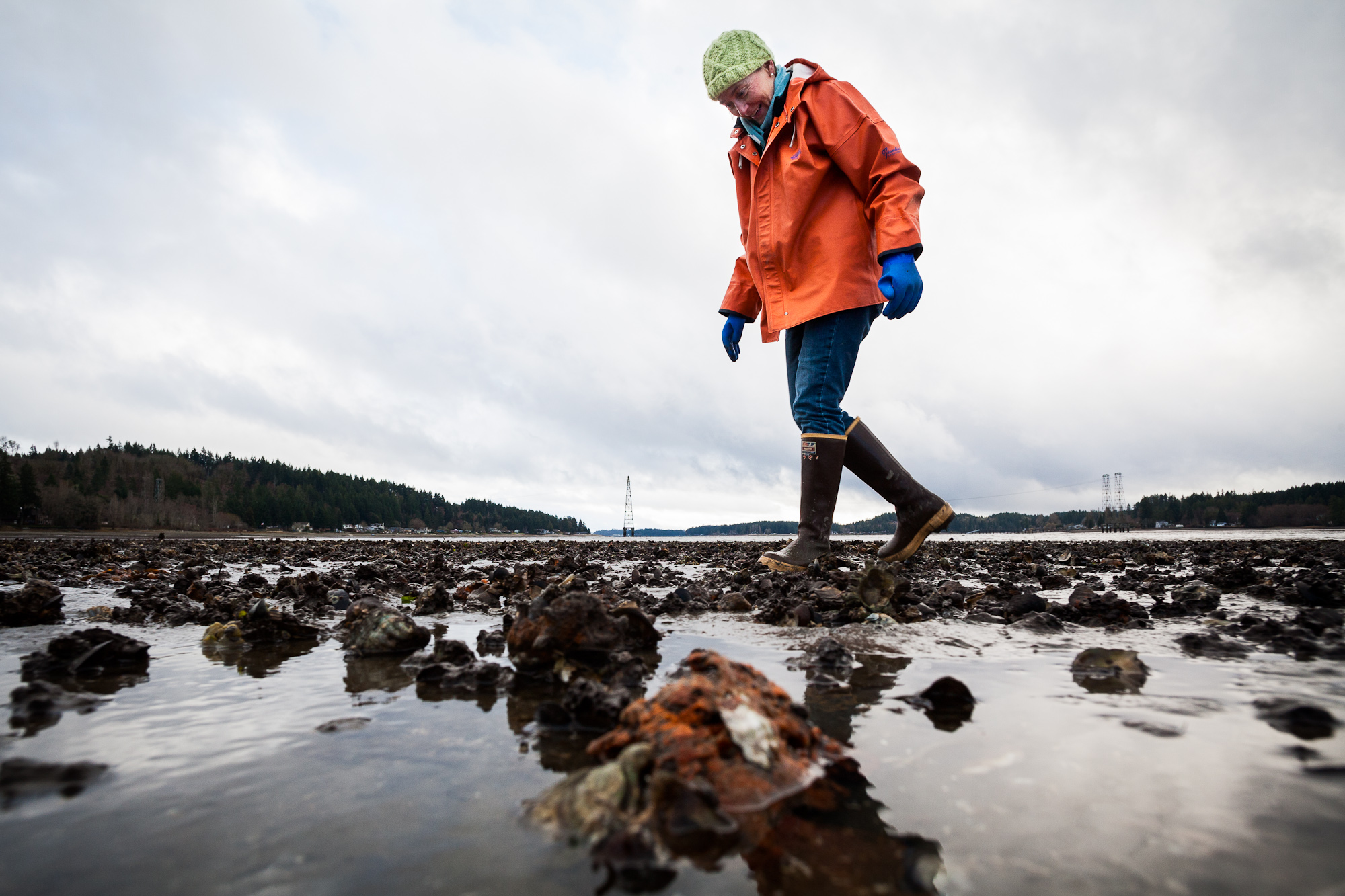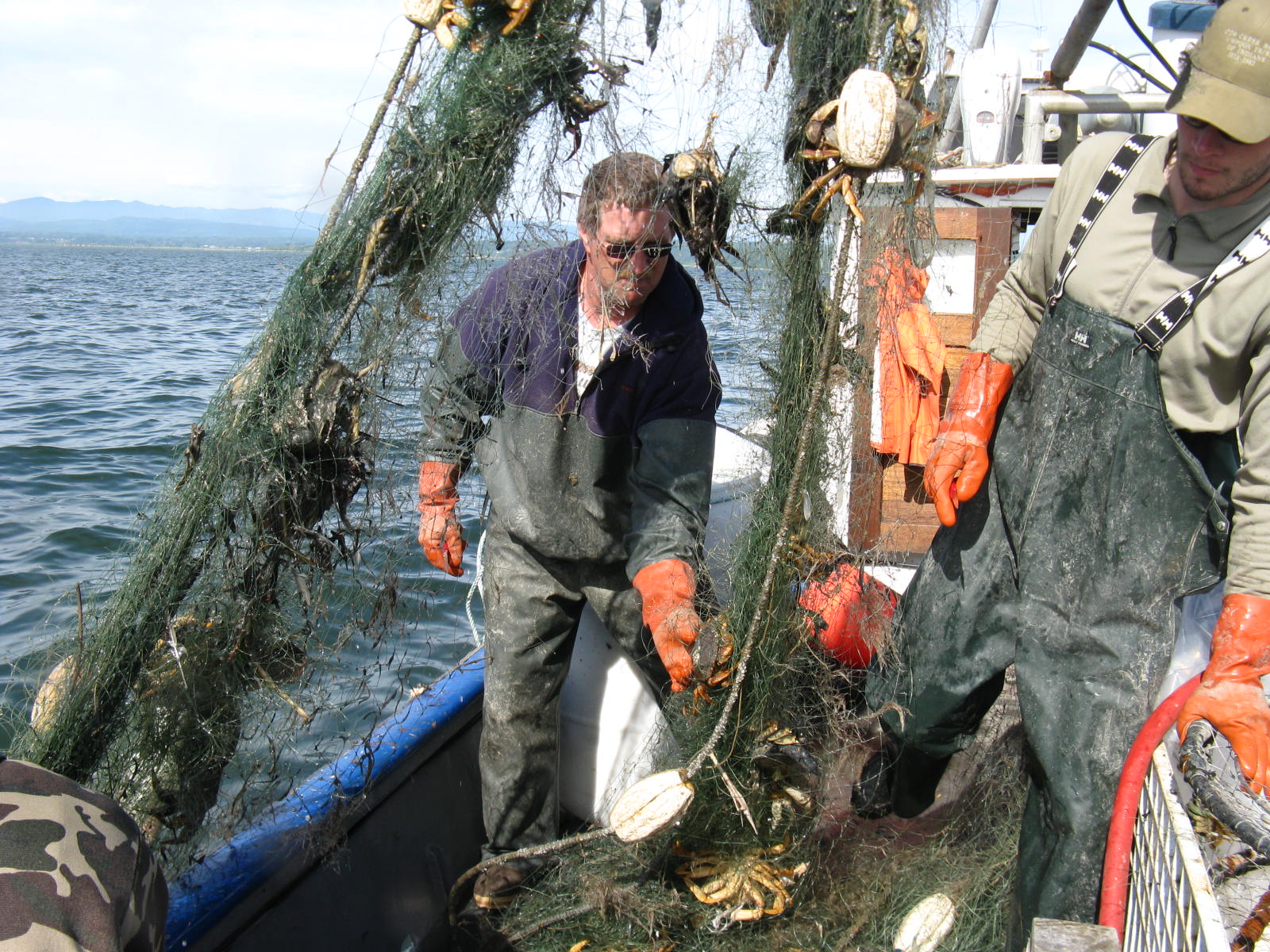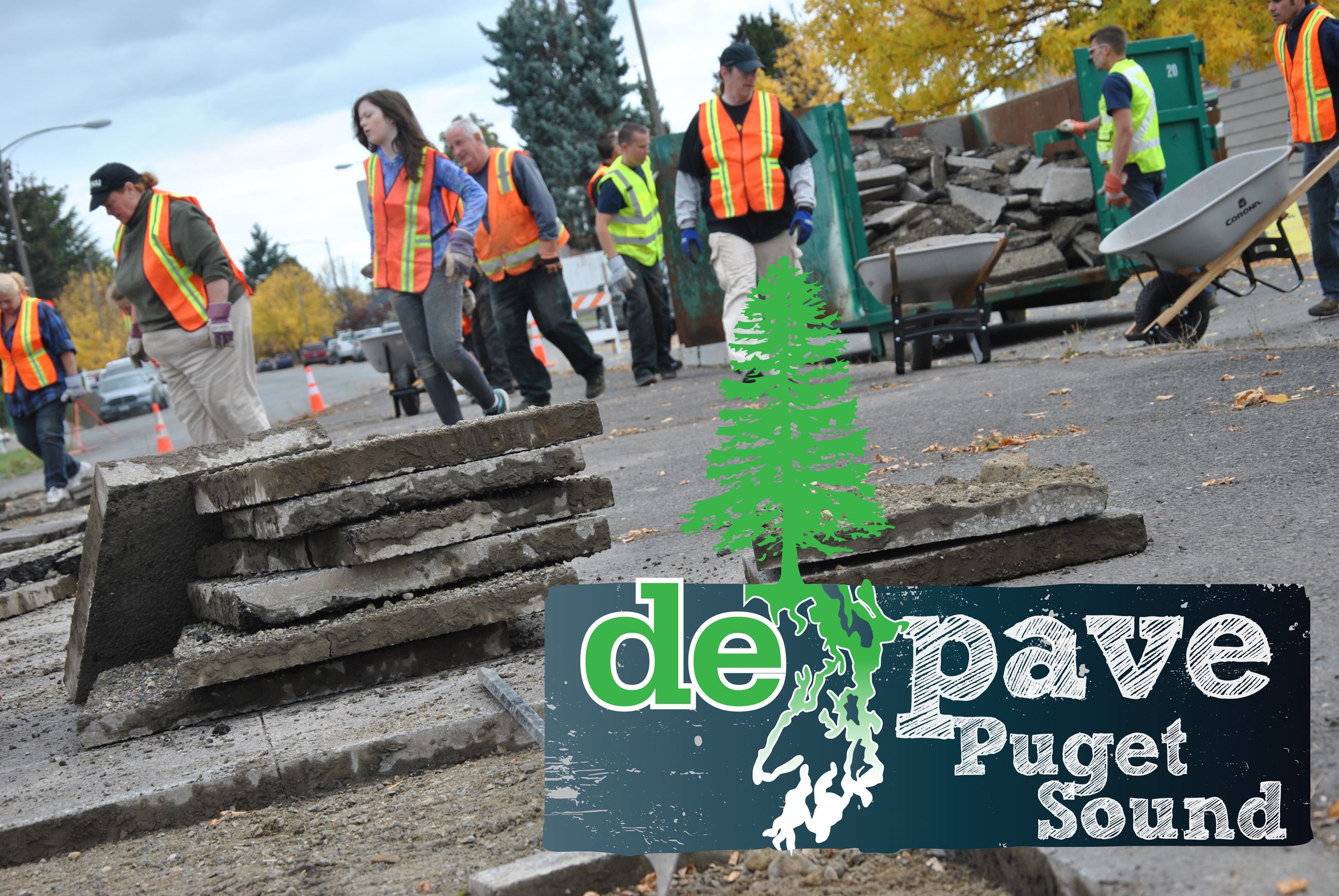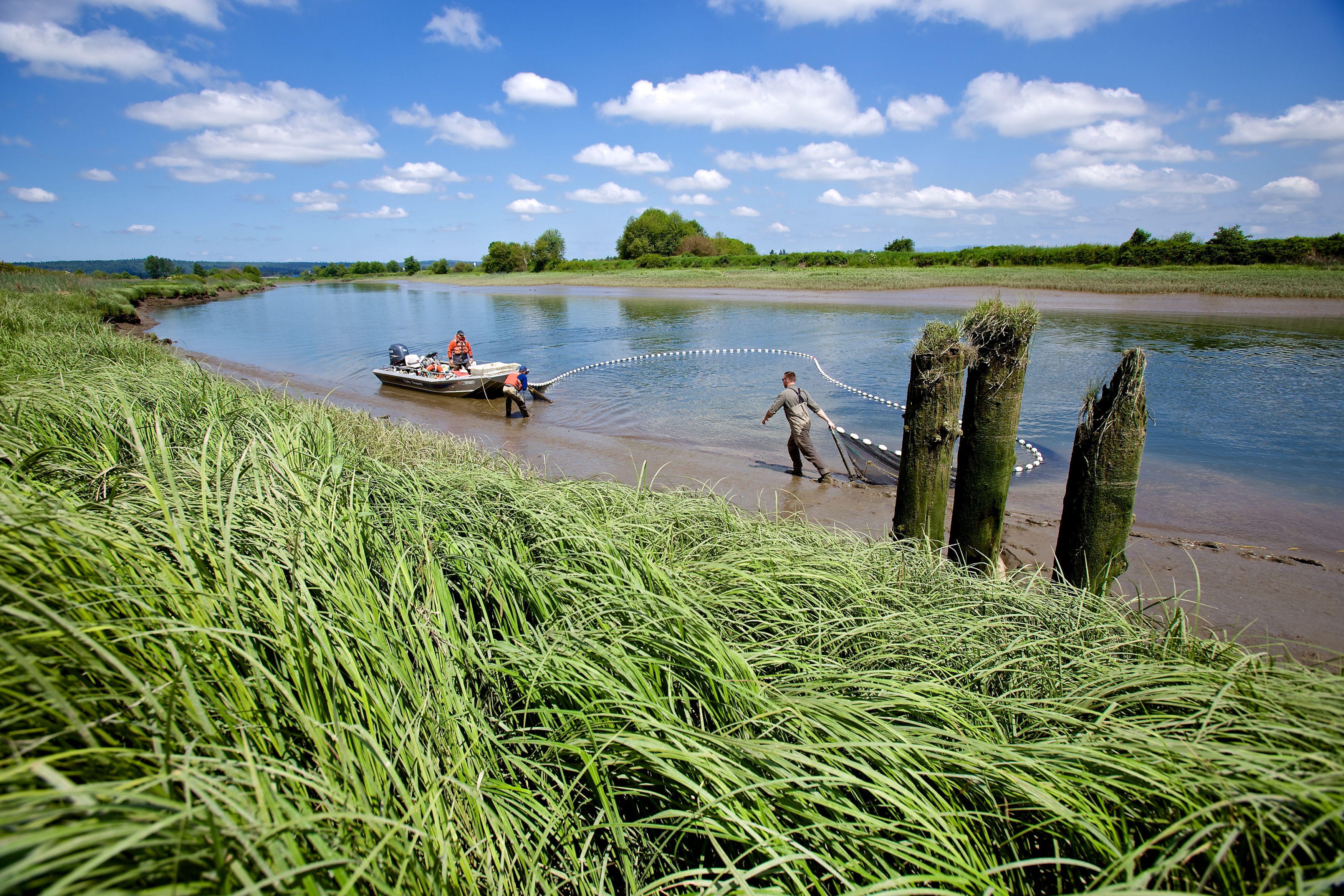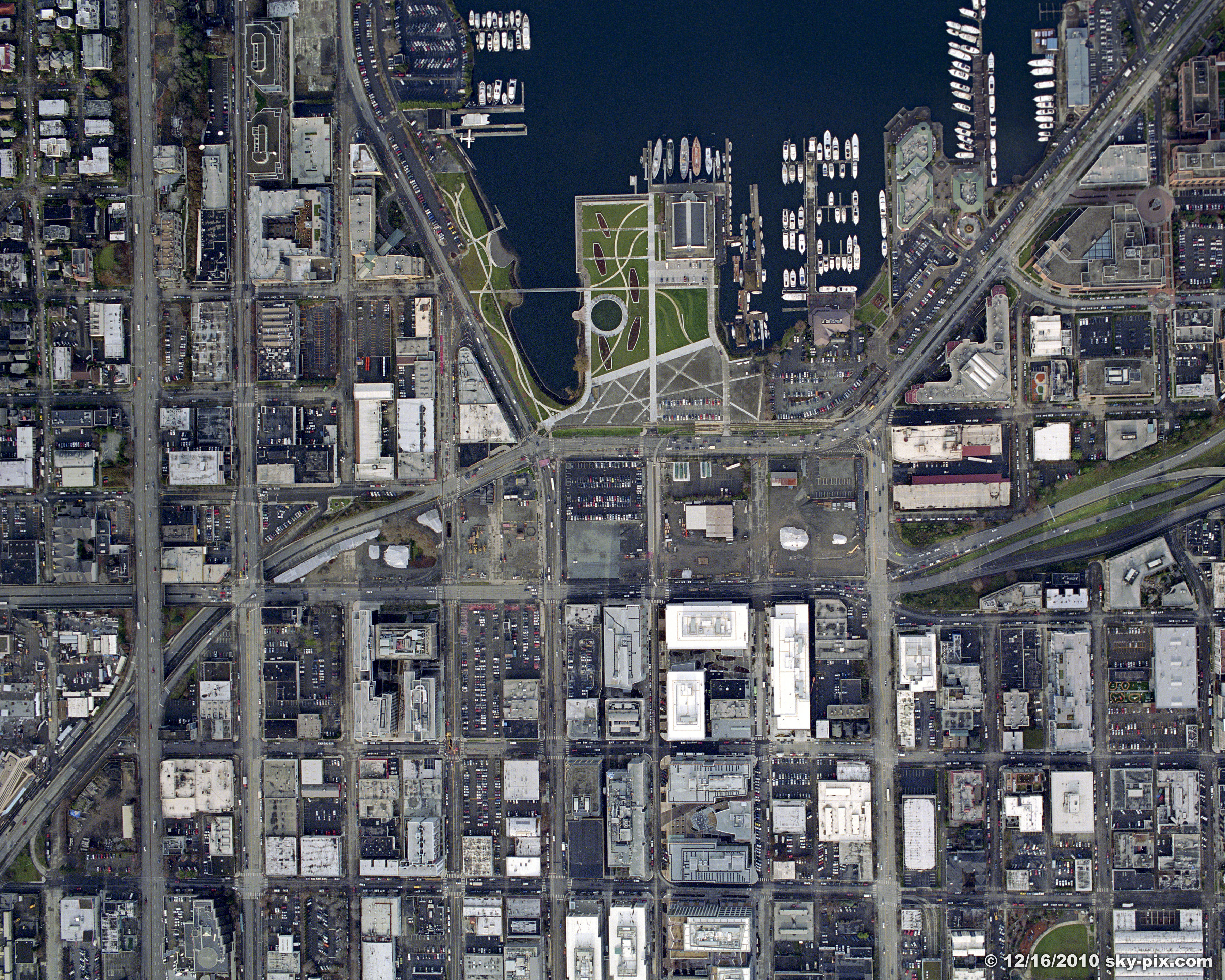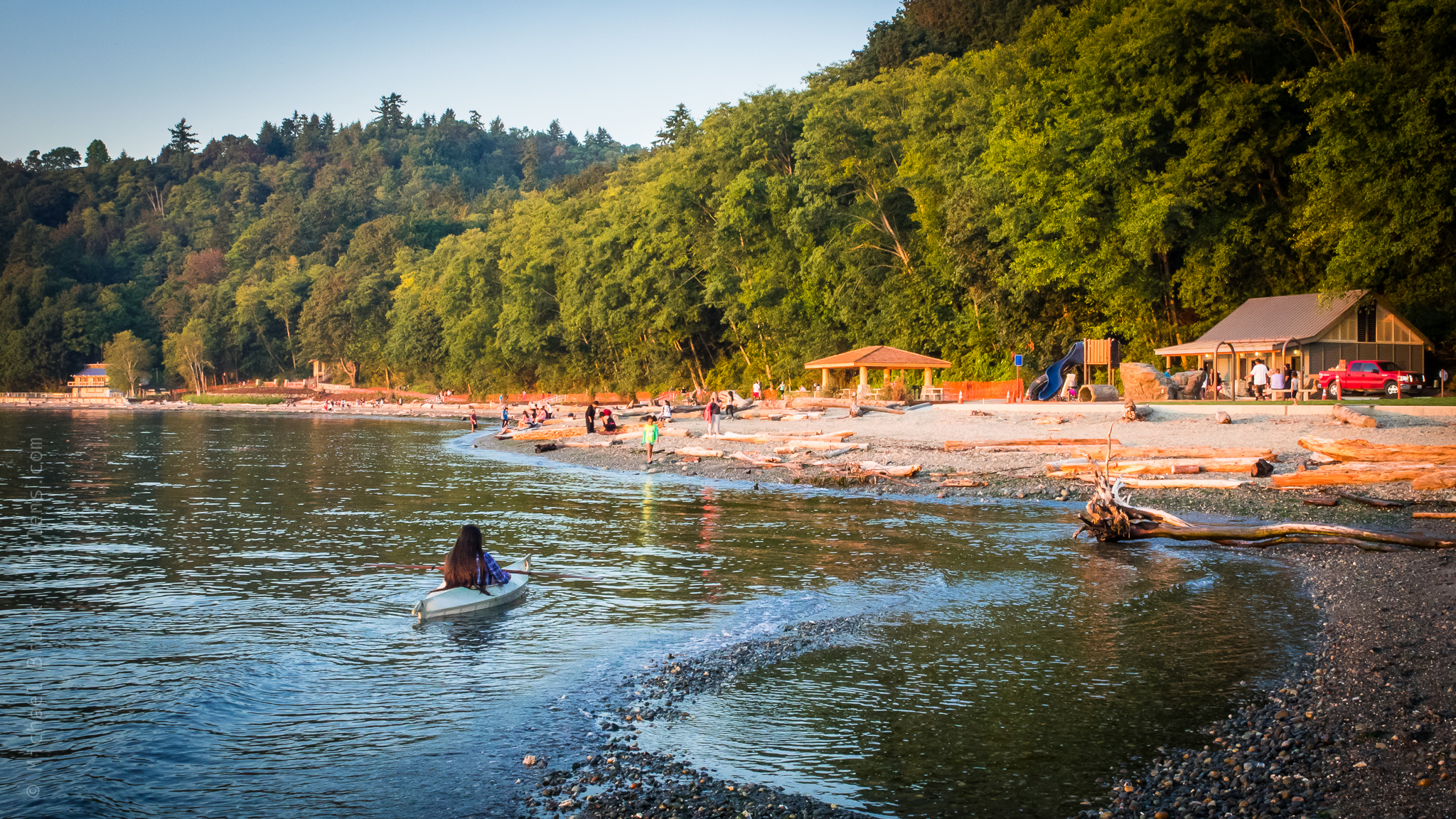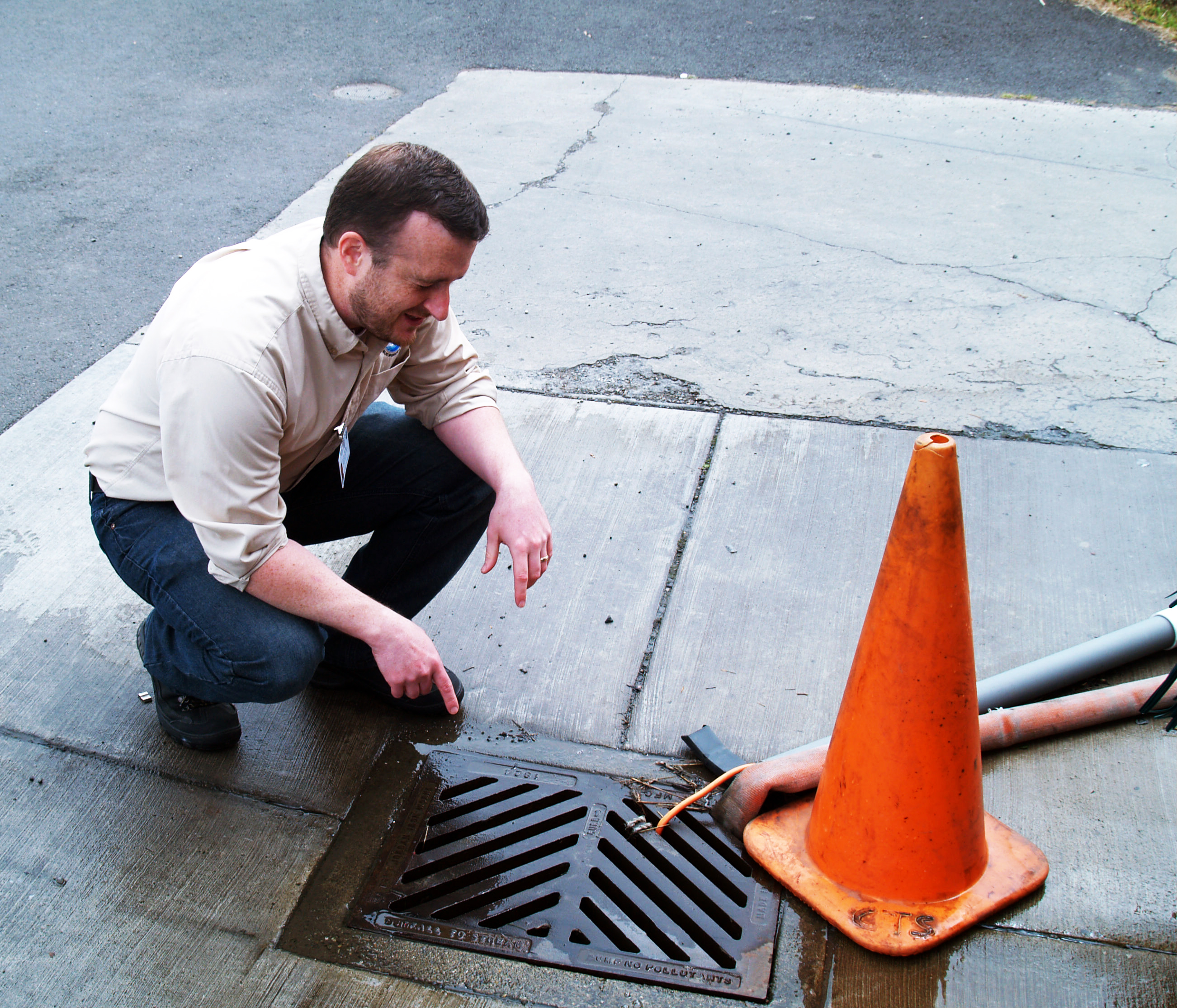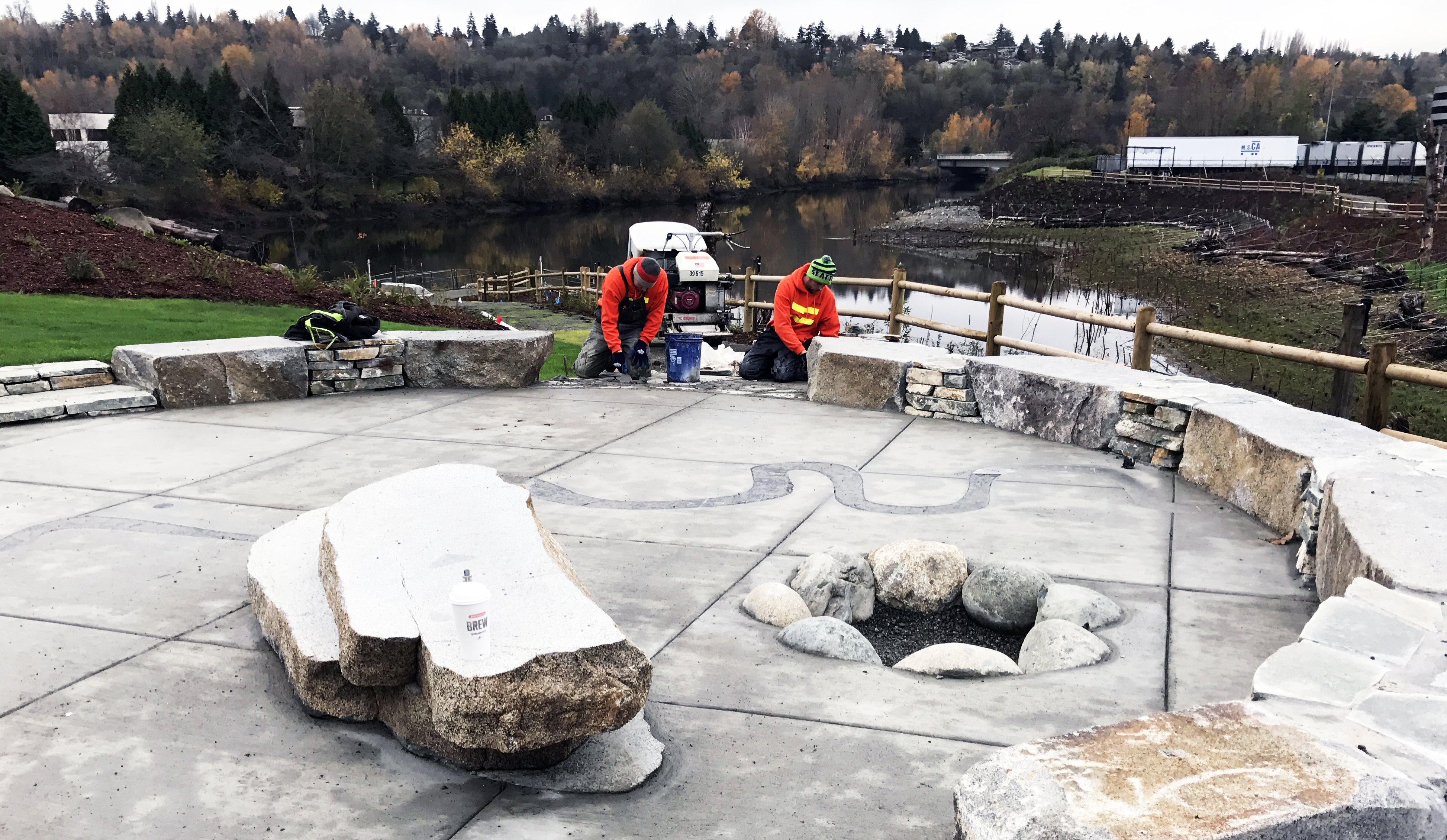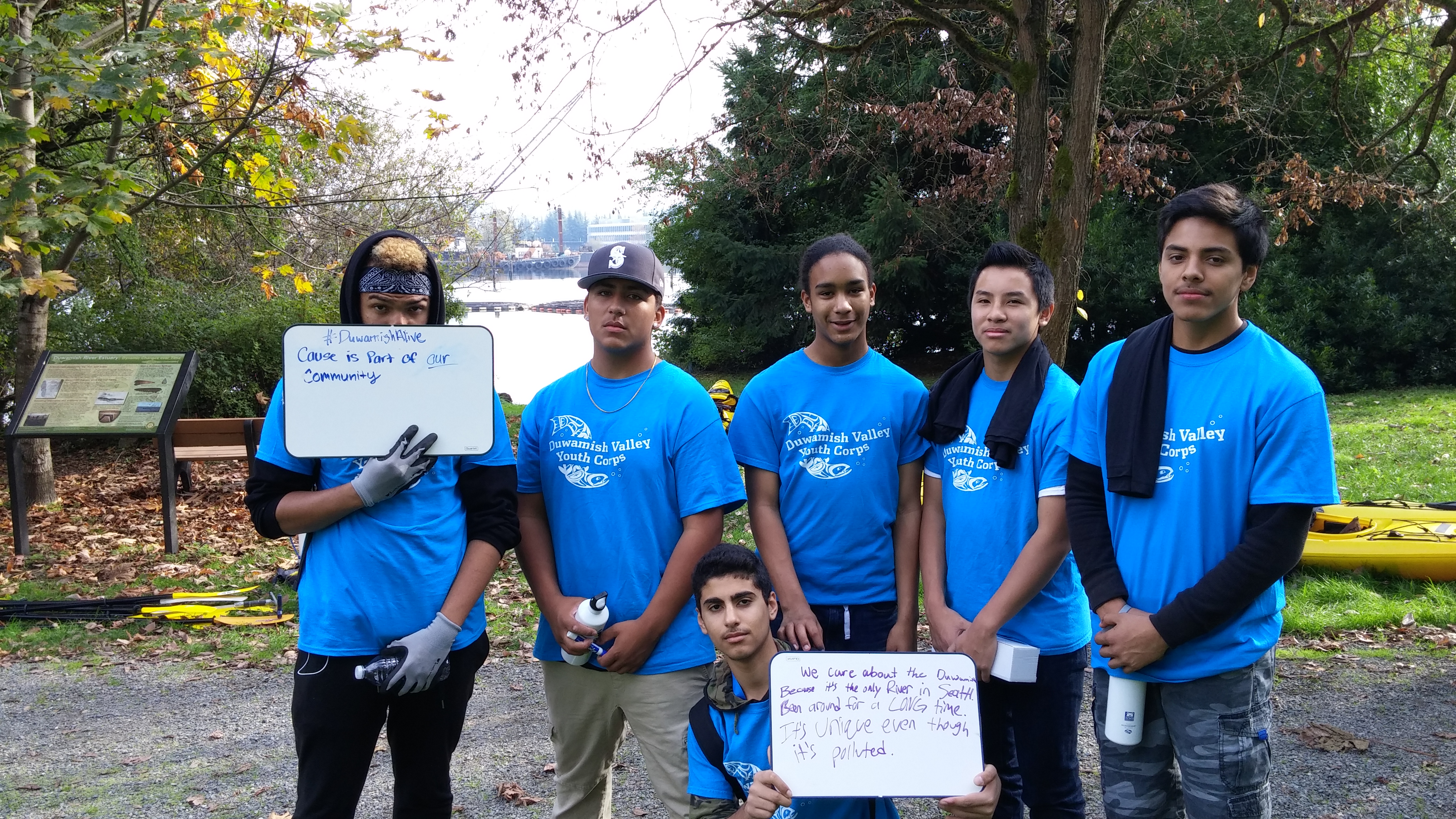Helping homeowners repair or replace failing on-site sewage systems The Regional On-site Sewage System Loan Program (RLP) in Washington State consolidates multiple county-level on-site sewage system loan programs into a single public-private partnership between the...
Olympia Oyster Restoration
Rebuilding native oyster beds and important habitat The Olympia oyster is Washington's original oyster. As our only native oyster species, they help keep our estuaries healthy by providing habitat for a diverse community of organisms. The oysters grow in aggregations,...
Depave Puget Sound
Project Summary Nonpoint sources of pollution, such as stormwater runoff, are the biggest threats to Puget Sound water quality. Polluted stormwater carries toxins, nutrients, sediment, and bacteria to Puget Sound where these pollutants affect aquatic life and public...
Seattle Elliott Bay Seawall
The Elliott Bay Seawall Project involves replacing the old seawall on Seattle's waterfront to protect buildings, roads and utilities while providing shelter for marine life. The project will construct approximately 7,112 lineal feet of seawall along the Puget Sound...
Salish Sea Marine Survival
Endangered Species Act listed Puget Sound Chinook salmon populations have plummeted by 50% since the mid-80s and steelhead have experienced even steeper declines. Research points to marine survival as the missing link to recovery. The Salish Sea Marine Survival...
Seahurst Park
Seahurst Park is an oasis of 152 acres of forested ocean shoreline in a very urban corridor south of Seattle. The park boasts nearly a mile of natural beach and forested cliffs as tall as 400 feet. Seawalls were built in 1972, and as a result, sand from the cliffs...
Duwamish Gardens in Tukwila
Duwamish Gardens will provide nearly an acre of shallow-water habitat for salmon, as well as a pleasant park for urban residents to enjoy. Young salmon need off-channel, shallow-water habitat, where they can feed on insects and invertebrates that live among the...
Duwamish River Community Health
The Duwamish River Cleanup Coalition Technical Advisory Group launched the Healthy Rivers/Healthy Communities project in 2014 to address community and environmental health priorities in the Duwamish Valley neighborhoods of South Park and Georgetown, two neighborhoods...


